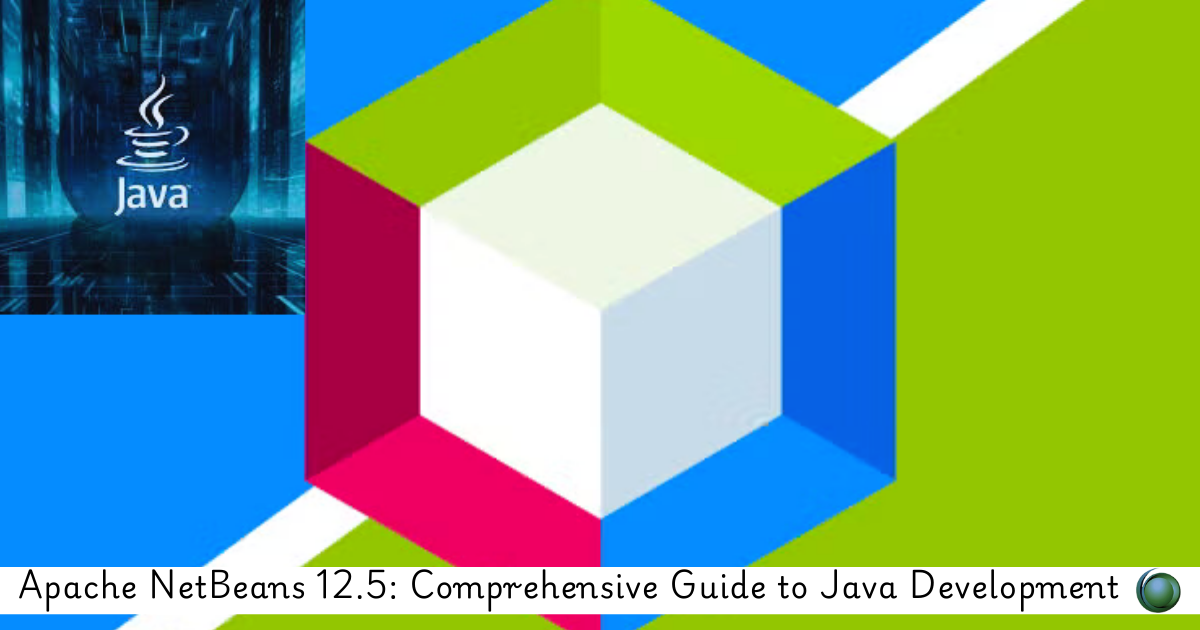1: Introduction to Apache Spark and Java
1.1 Overview of Apache Spark and its architecture
1.2 Key components of Spark: Core, SQL, Streaming, MLlib, and GraphX
1.3 Introduction to Spark with Java: Setting up the development environment
1.4 Understanding Spark’s distributed computing model and use cases
2: Setting Up Spark for Java Development
2.1 Installing and configuring Apache Spark
2.2 Setting up a Java development environment with Spark
2.3 Overview of Spark’s dependencies and project structure
2.4 Running Spark applications locally and on a cluster
3: Core Spark Concepts and APIs
3.1 Introduction to RDDs (Resilient Distributed Datasets)and their operations
3.2 Working with DataFrames and Datasets in Java(Ref: Java with Apache Spark)
3.3 Using Spark SQL for querying structured data
3.4 Understanding Spark’s Catalyst optimizer and Tungsten execution engine
4: Data Processing with Apache Spark
4.1 Loading and saving data from various sources (HDFS, S3, JDBC)
4.2 Data transformations and actions on RDDs and DataFrames
4.3 Advanced data processing techniques: Joins, aggregations, and filters
4.4 Handling large datasets and optimizing data processing workflows
5: Developing Scalable Big Data Applications
5.1 Designing and implementing scalable data processing pipelines
5.2 Building and managing batch and streaming applications
5.3 Leveraging Spark Streaming for real-time data processing
5.4 Implementing fault tolerance and error handling in Spark applications
6: Performance Optimization and Best Practices
6.1 Understanding Spark’s performance metrics and bottlenecks
6.2 Configuring Spark for optimal performance: Memory management, execution, and parallelism
6.3 Optimizing Spark jobs: Caching, partitioning, and shuffling
6.4 Best practices for developing and maintaining Spark applications
7: Advanced Spark Features and Techniques
7.1 Working with complex data types and nested structures
7.2 Using User-Defined Functions (UDFs) and SQL functions
7.3 Implementing custom data sources and sinks
7.4 Exploring advanced analytics with Spark MLlib and GraphX
8: Hands-On Projects and Real-World Use Cases
8.1 Case studies of successful big data applications built with Spark and Java
8.2 Hands-on project: Developing a complete big data application with Spark
8.3 Analyzing and optimizing a sample big data project
8.4 Addressing real-world challenges and solutions in big data development
9: Deployment and Production Considerations
9.1 Deploying Spark applications on different cluster managers (YARN, Mesos, Kubernetes)
9.2 Managing and monitoring Spark jobs in production environments
9.3 Ensuring data security, compliance, and governance
9.4 Strategies for maintaining and scaling Spark deployments
10: Future Trends and Continued Learning
10.1 Emerging trends in big data technologies and Apache Spark
10.2 Resources for continued learning and professional development
10.3 Exploring advanced topics: Integration with other big data tools and technologies
Conclusion and Summary
11.1 Recap of key concepts and techniques covered in the course
11.2 Practical takeaways and applications in big data development
11.3 Next steps for further exploration and skill enhancement







Reviews
There are no reviews yet.